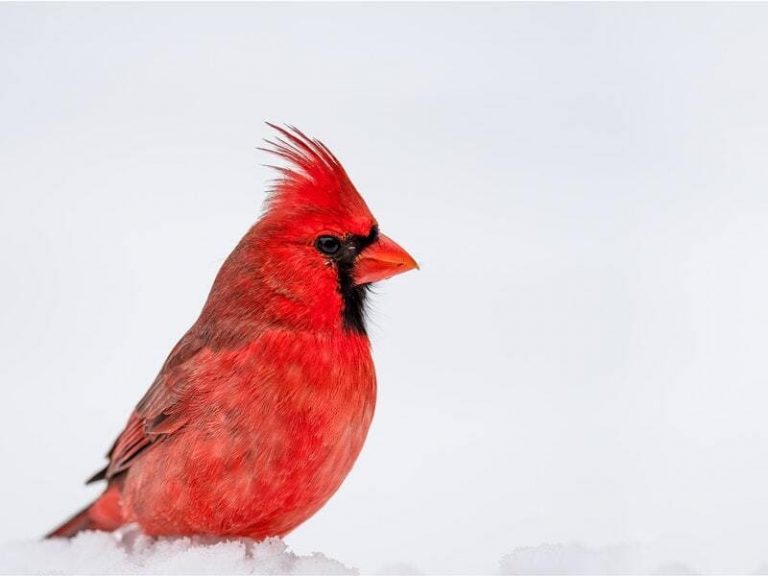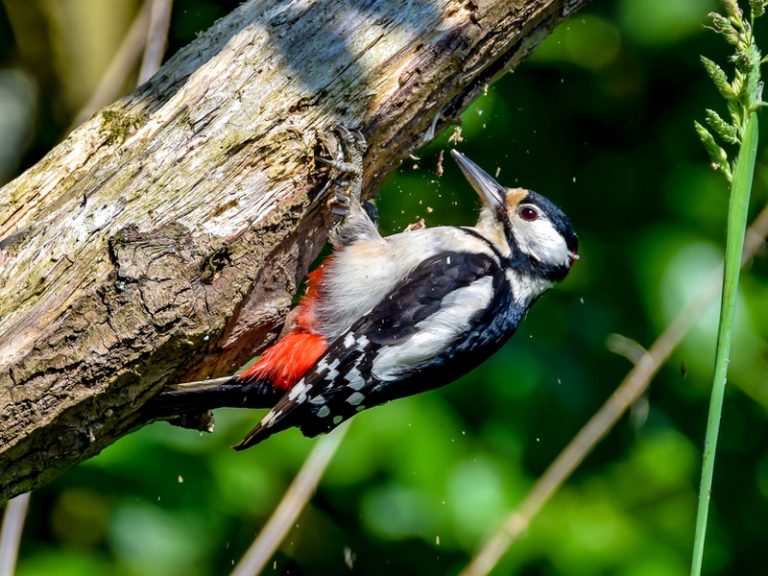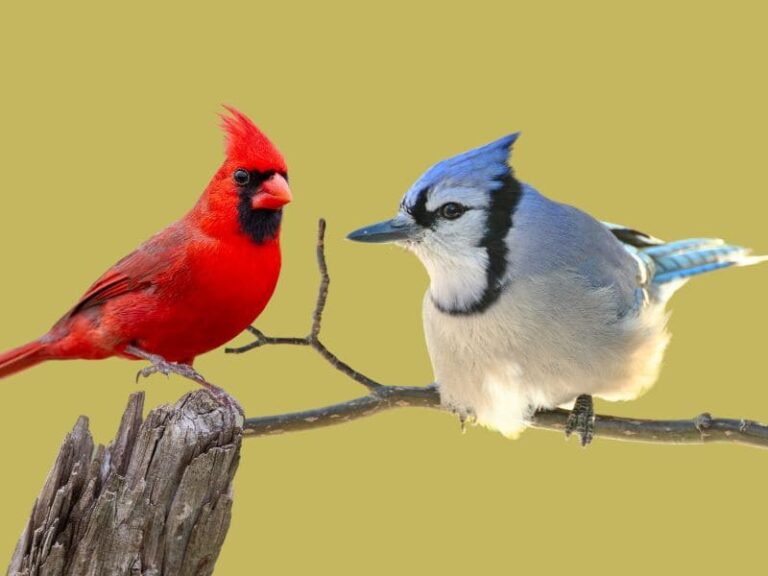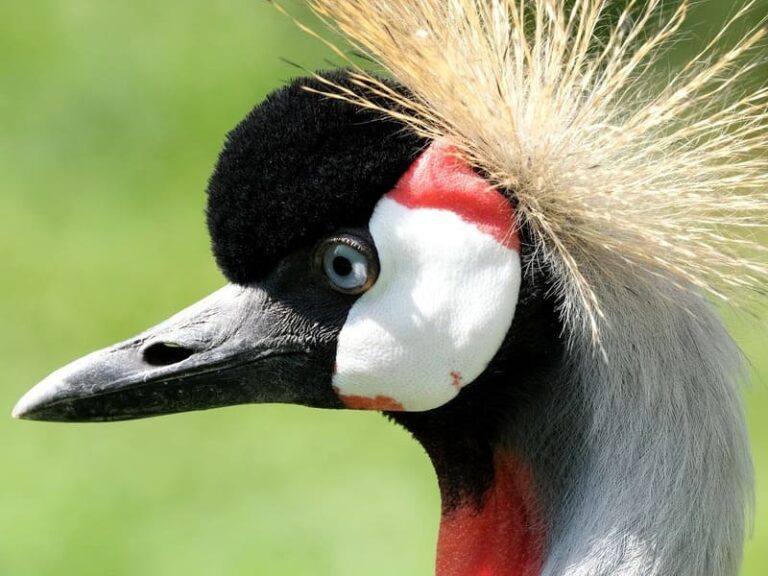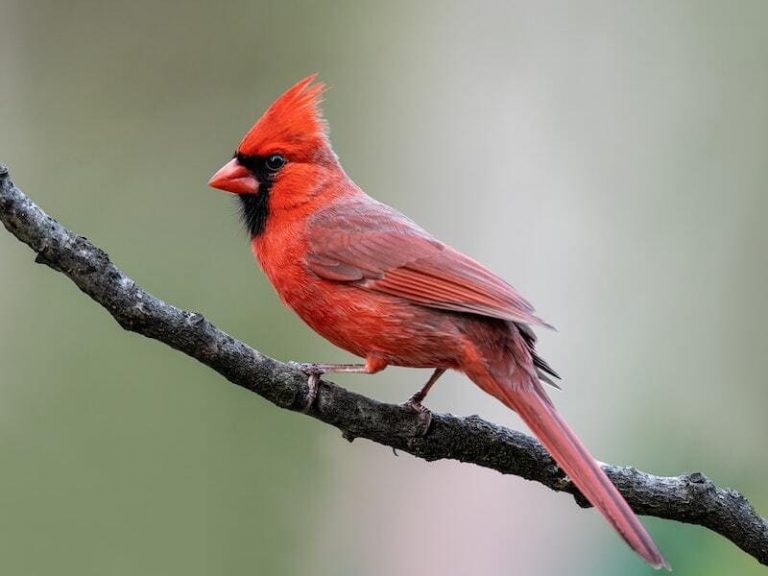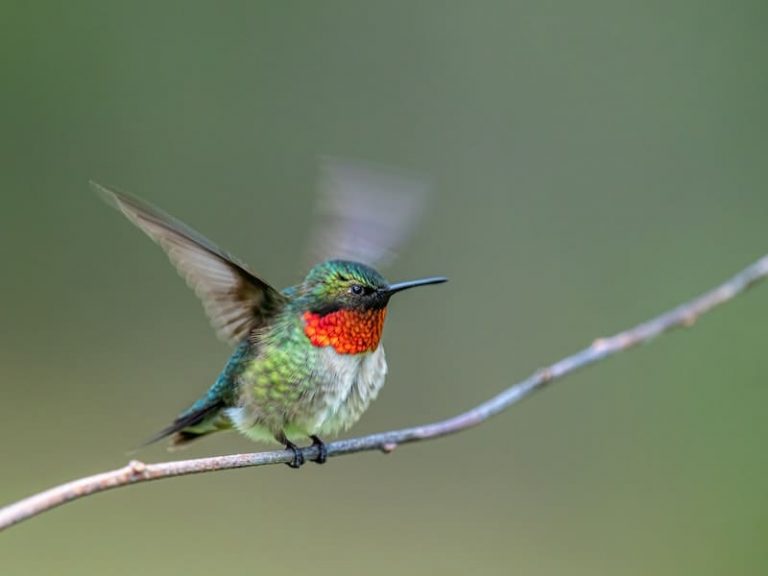10 Blue and Black Birds | (With Pictures and Identification)
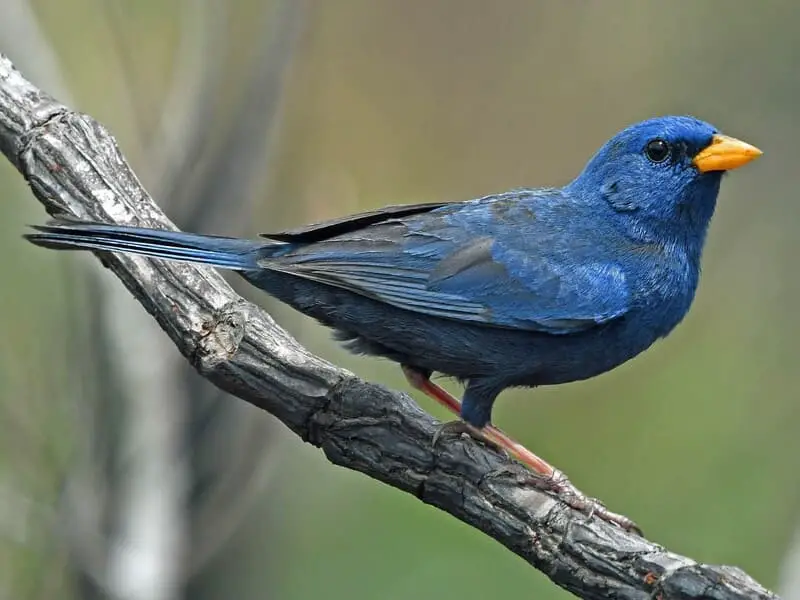
Since the creation of the universe, birds have been an integral part of human culture. Everybody loves birds as they are essential to the ecosystem. There are numerous ways that birds can contribute to our planet. Blue and black birds are a part of this beautiful world too.
This beautiful creature can be found in many parts of the world and is one of the most popular birds. People are drawn to its striking colors and interesting behavior. Anyone lucky to see a blue and black bird will never forget it!
Their presence makes the planet even more beautiful and worth living. Birds are very helpful in contributing to our ecosystem. For example, when they eat fruit and drop the seed on the ground, it is used by other creatures or helps grow more plants, especially in the rain forests.
There are many black and bluebirds in nature, but they also have different names, locations, etc. Here we will discuss blue and black adorable birds that are aesthetically pleasing to watch.
Blue and Black Bird – A Complete Insight
Birds vary in color and size. God has created such a diversity among birds that these tiny creatures are present in almost all color combinations. According to the IOC, there are 109 species of blackbirds, and only 3 of them have blue heads.
Nature has given us these beautiful colors, and they become even more attractive when birds have these colors. Following are some of the most beautiful Blue and black birds.
1. Common Grackle
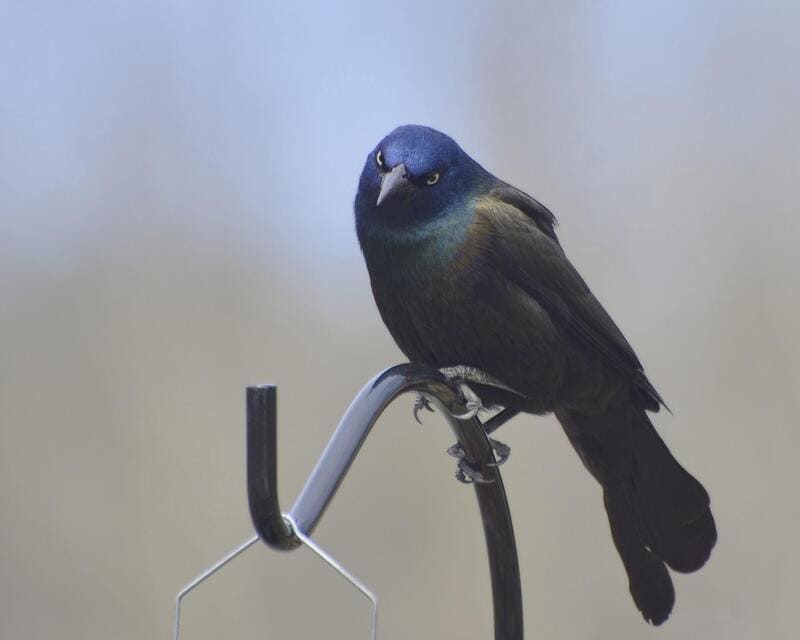
The common grackle is one of the best examples of blue and black birds. The birds have slightly longer tails than that blackbird. They are found in many countries such as the USA, Mexico, Bahamas, and Canada.
Big flocks of common grackle are usually observed in the evening. These birds are natural omnivores, and they can eat insects many times and other food items such as crayfish, frogs, eggs, and small rodents.
Female grackle is usually smaller in size than male grackle. The size of these birds varies from 11 to 13 inches, and their weight is around 2.5 ounces to 5 ounces.
Here are some facts about this incredible bird:
- Life span: 22 years
- Population Size: 69 million
- Top speed: 48 Km/H
- Wingspan: 36-46 cm
The common grackle is a highly social bird that usually lives in flocks. The sad news is that common grackle is on the red list of IUCN as near-threatened species. Remember that it is a very aggressive bird, and they attack farmlands and destroy many crops.
2. Indigo Bunting
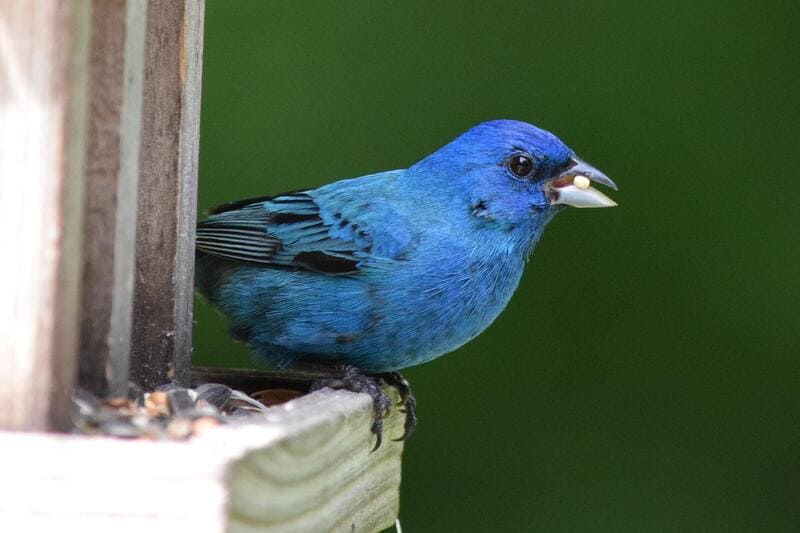
Indigo bunting is a small seed-eating bird. It can be found in North America and South America. The birds can also be found in woodlands, deciduous forests, and open spaces. Regarding identifying the bird, both males and females are very different from each other.
They are 5 inches long and have a wingspan of 8 inches. Male looks bright blue, and female indigo is pale-brown female ingo the nests in shrubs and low trees, and they build next around 3ft in height. Indigo bunting loves to eat seeds, grains, white millet seeds, and berries.
Here are some facts about them:
- Size: 12-13 cm
- Weight: 0.5 Oz
- Total population: 28-30 million
Indigo bunting is also an omnivore in nature. It means the bird can eat vegetation and insects as well. Indigo bunting is a timid bird that usually avoids open spaces. It is also one of the most beautiful birds on this planet.
3. Steller’s Jay
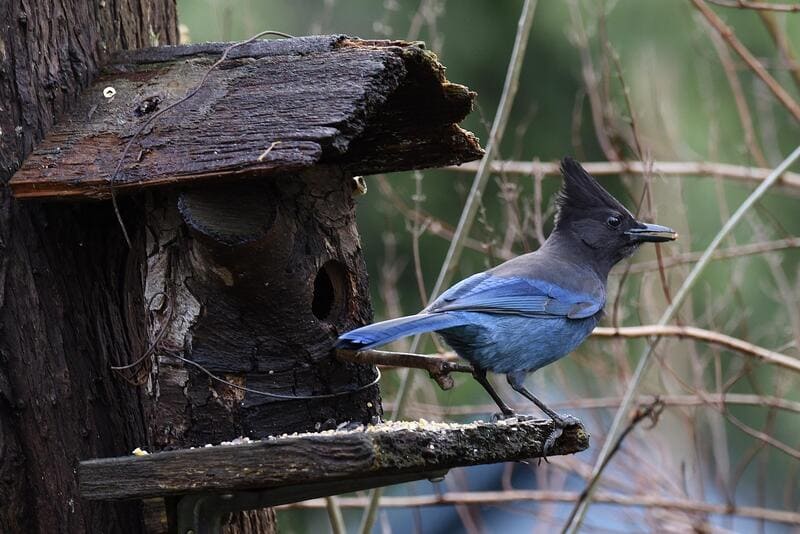
Steller’s Jay has other names, such as long-crested Jay, pine jay, and mountain jay. This blue and black bird is native to North America but is commonly seen in Central America. It is an incredible songbird with a large head, long bill, and triangular crest.
Here are some facts about this bird:
- Length: 30-34 cm
- Weight: 100-140 g
- Wingspan: 44cm
- Total population: 2.8 million
Steller’s Jay is brave, intelligent, and noisy with 16 subspecies. This bird is seen on mountains, backyards, feeders, and picnic tables. Steller’s Jay and Blue Jay are the only birds that make mud nests, unlike other birds. Steller’s Jay is also an omnivore.
4. Black-billed Magpie
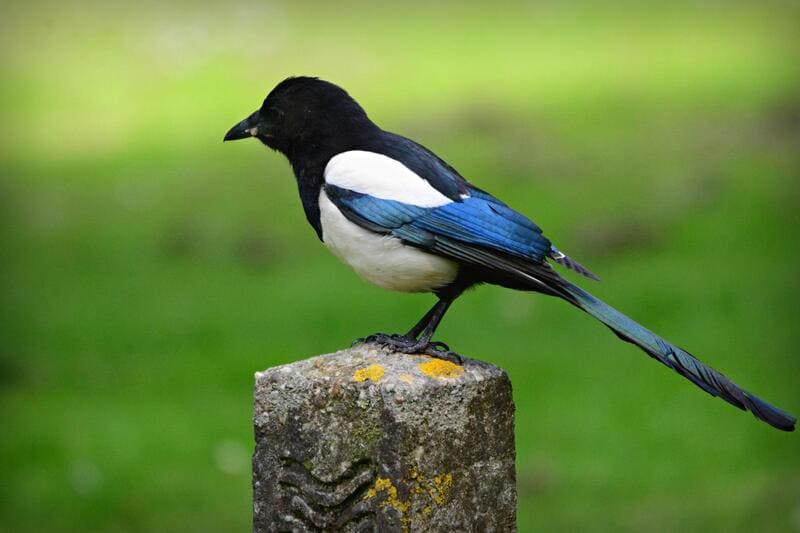
The second name for the Black-billed Magpie is the American Magpie. It is the only North American songbird whose tail makes up half or more of the total body length. This bird lives in widespread towns, fields, feedlots, and other areas where food is accessible.
Here are some of the facts about this bird:
- Length: 40-60 cm
- Weight: 145-210 g
- Wingspan: 56-61 cm
- Life Span: 4-6 years
- Total Population: 5.4 million
Black-billed Magpie is a highly social bird, and it essentially eats fruits, grains, insects, and small animals. Every group of Black-billed magpies consists of 5-10 birds, usually flying in groups. There is no significant population threat for this species.
5. Tree Swallow
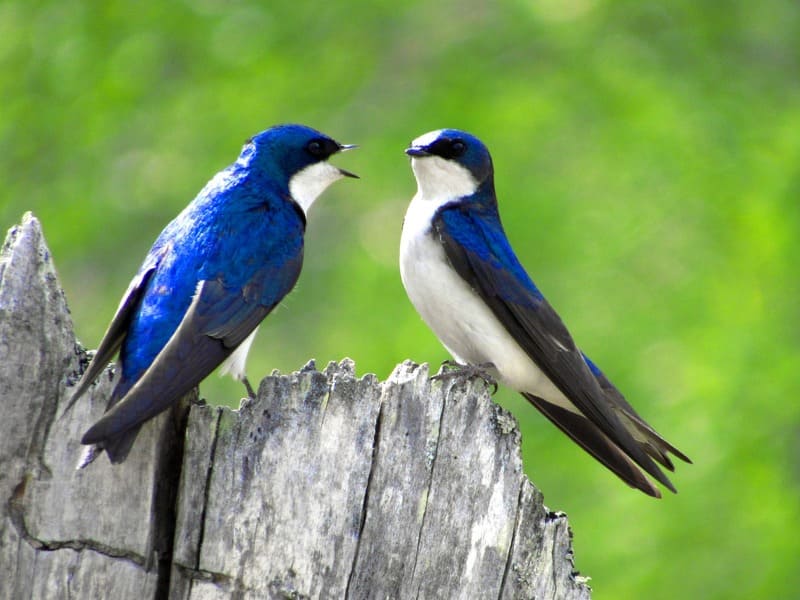
Tree swallows are usually found in America. The Tree Swallow is one of the most famous Blue and black birds. It can be seen chasing the flying insects. The female is duller than the male, breeds in North America but is also found in Canada and Arctic Circle.
Tree Swallow is usually very aggressive during its breeding season. Its next can be found on marshes near water bodies and fields. The bird migrates to the South when the temperature increases in winter.
Here are some facts about the bird:
- Weight: 0.59-0.89 oz
- Length: 11.9-13.9 cm
- Population: 19 million
- Life Span: 11-12 years
- Top Speed: 69 Km/H
The tree swallow got its name from its habit of living in tree cavities and takes readily to nest boxes. Their population is stable, and it is not considered an endangered species.
6. Black-throated Blue Warbler
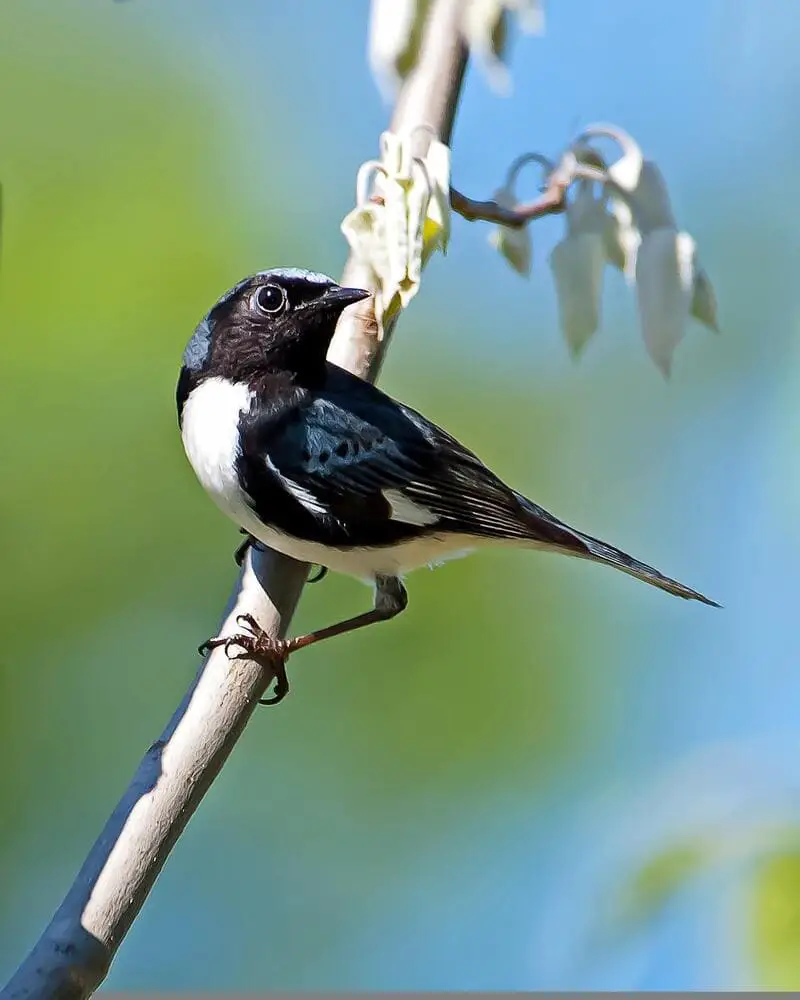
Black-throated Blue Warbler is sexually dimorphic, which means males and females have different body colors. These blue and black birds are commonly found in North America but also migrate to Caribbeans and Central America. Here are some facts about Black-throated Blue Warbler:
- Weight: 8.4-12.4 g
- Length: 13 cm
- Wingspan: 19-20 cm
The bird is an omnivore; that’s why it can eat vegetation and insects. It sits on the lower canopy of trees, picking and devouring insects. The Black-throated blue warbler is a beautiful bird with blue upper parts and white underparts. It has a black throat, and the sides of its head are yellow. The Black-throated blue warbler is not an endangered species.
7. Blue Grosbeak

Blue Grosbeak is a medium-sized bird. It is colorful and sings melodiously like a songbird. It is usually present in North America. Both males and females have different body colors. The male has blue plumage, while the female is brownish.
Here are some facts about Blue Grosbeak:
- Length: 14-19cm
- Weight: 26-31 g
- Wingspan: 26-29 cm
- Lifespan: 6 Years
- Total Population: 7.7-24 million
Before migration, Blue Grosbeaks usually feed in flocks and spend most of their time together. They typically are present in trees and shrubs and hide in dense cover when they see any predators.
8. European Starling
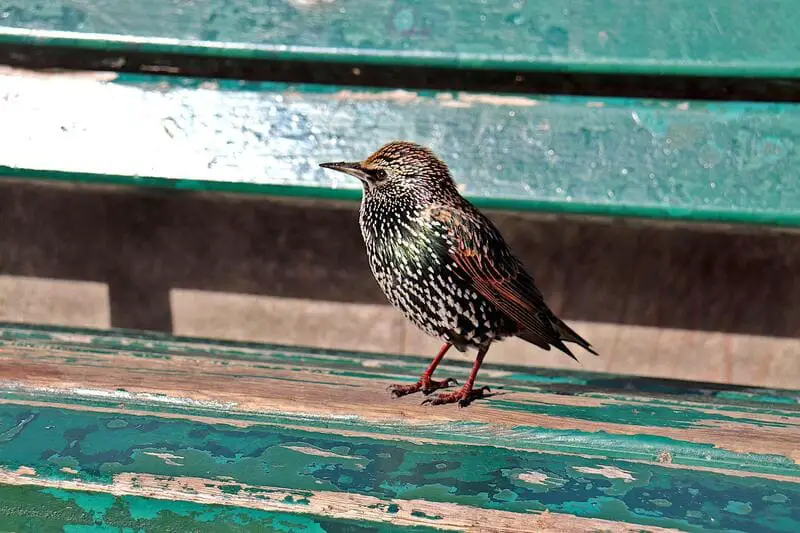
European Starling is known as starling or common starling. The bird can be found throughout Europe, North Africa, and India. It has triangular wings and a short tail. The plumage of the bird is black with light speckles. The bill is yellow, and the legs are pinkish-brown in color. It feeds on insects, fruits and berries.
Some other facts include:
- Total population: 150-310 million
- Life span: 2-23 years
- Top speed: 77 Km/H
- Weight: 58-101 g
- Length: 19-23cm
9. Western Jackdaw
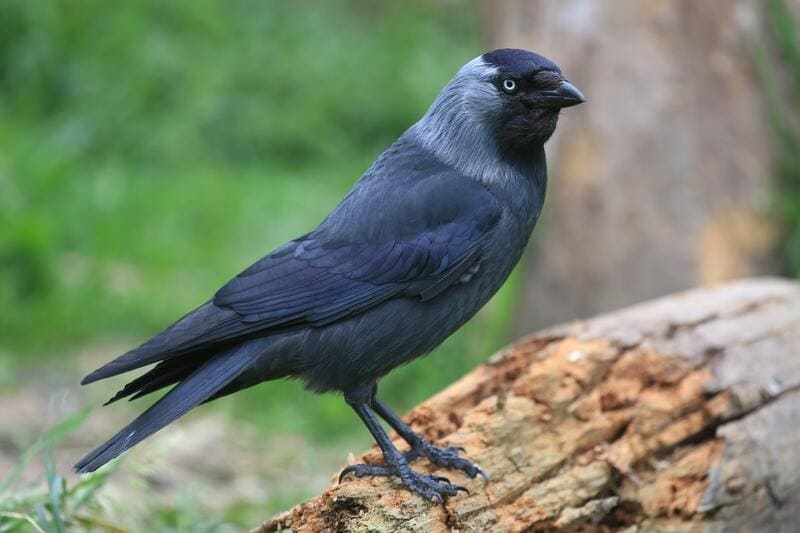
Western Jackdaw is also known as the European jackdaw. These birds belong to the crow family. It is commonly found in Europe, Africa, and Asia. Western Jackdaw has a complex social structure where it lives in small groups in farmlands, wetlands, cliffs, and coastal areas.
The bird is black with a grayish-white neck and a whitish rump. The bill, legs, and eyes are dark in color. It feeds on insects, small mammals, and reptiles. Some other facts include:
- Weight: 240 g
- Lifespan: 5-20 years
- Wingspan: 34-39 cm
- Population: 80 million
Being omnivore in nature, it can rely on waste food and plant and animal origin food. It has many subspecies, including Western Eurasia jackdaw, Western Eurasian jackdaw, Nordic jackdaw, and Algerian jackdaw.
10. Brown-headed Cowbird
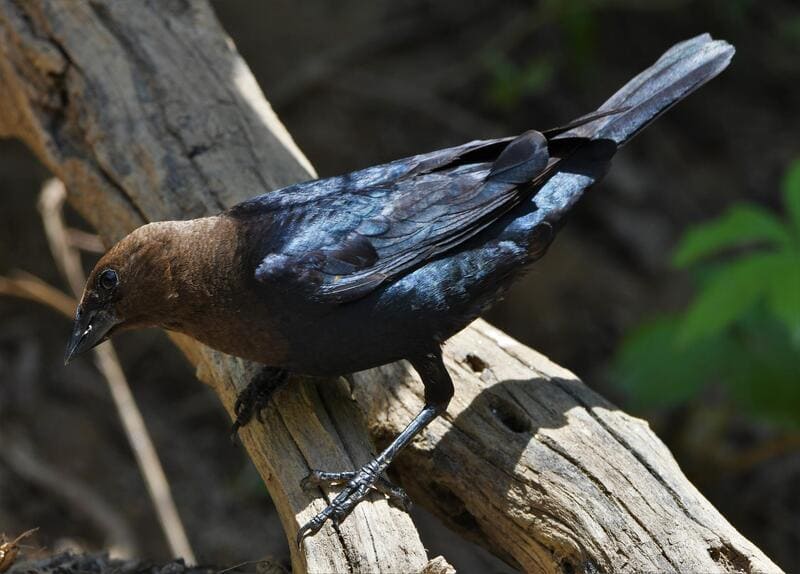
Brown-headed Cowbird is another example of a blue and black bird commonly found in North America. This is a small bird with a finch-like head and beak. The brown-headed cowbird is a brood parasite that relies on other birds to raise its young.
The female bird will lay its eggs in the nests of different bird species, and when the chicks hatch, they are raised by the host parents.
- Life span: 16 Years
- Weight: 38-50 g
- Length: 16-22 cm
- Wingspan: 32-38 cm
The female bird is slightly smaller and is dull gray. It largely relies on insects and seeds. Female birds don’t build nests but use their energy to lay eggs.
Final Words
There are many blue and black birds in the world. Some of them are very common, while others are pretty rare. These birds have different habits and lifestyles. Some of them are migratory, while others are not. Some of them are omnivores, while others are not. However, all of them are beautiful in their way.
Interesting articles:

